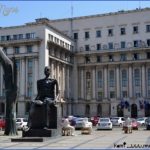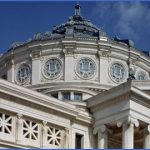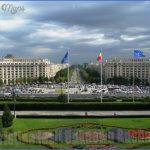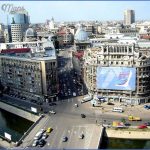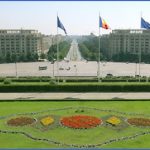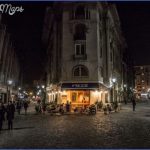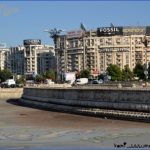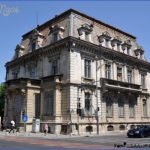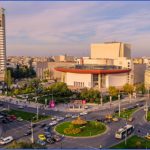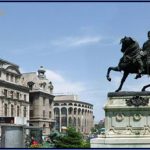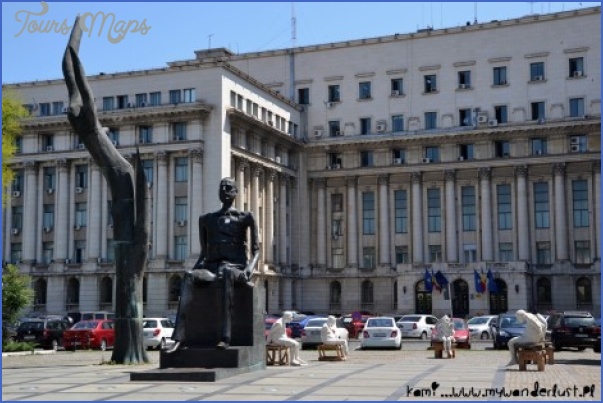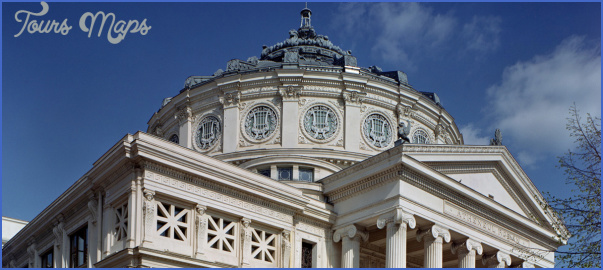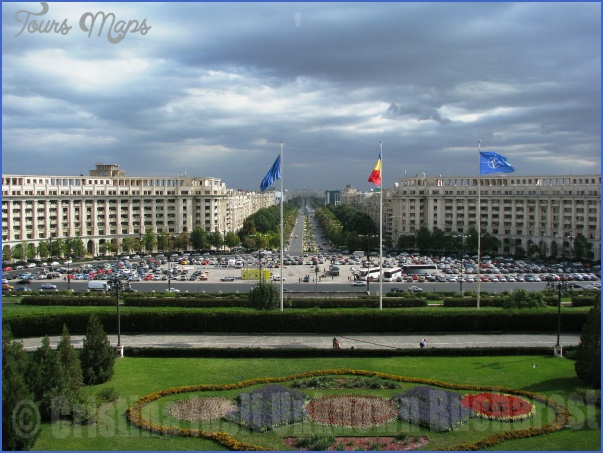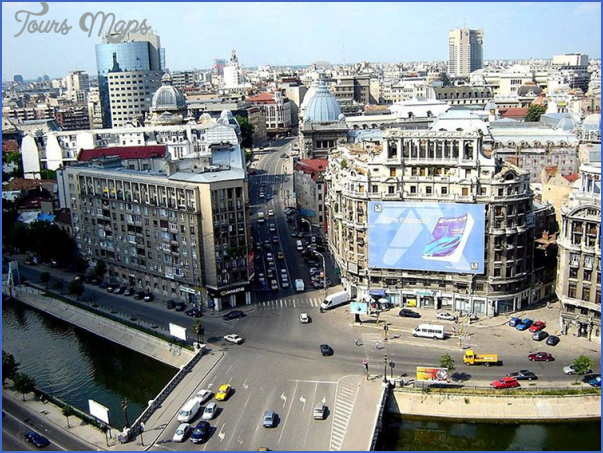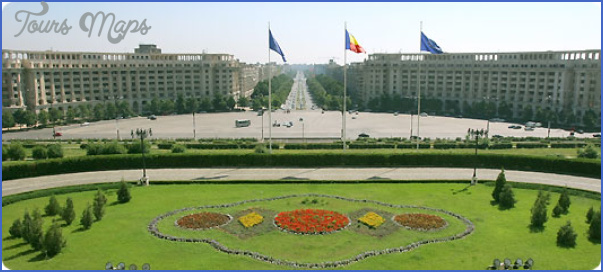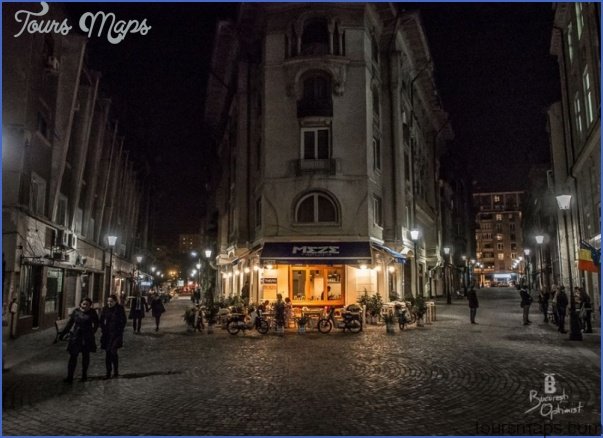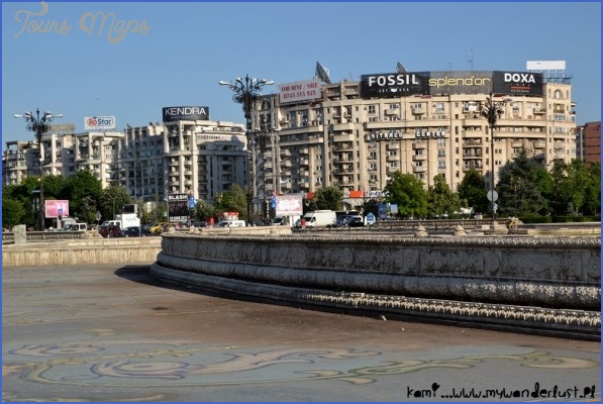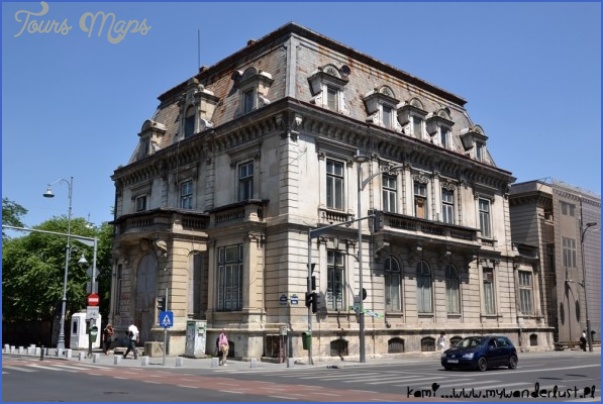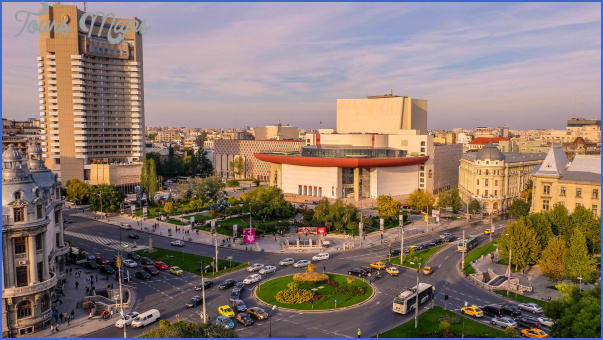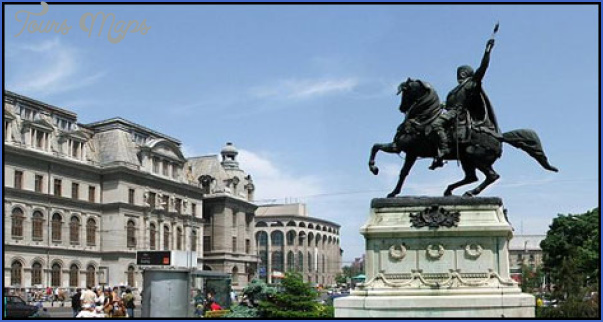The Museum of the Romanian Peasant
This is one of the most diversified museums from the European family of Museums of Arts and Popular Traditions. The building which houses the current museum was build during 1912-1941. It became famous for its collections consisting of 100,000 objects. The building, testimony of the neo-Romanian style inspired by the Brancovenesc tradition, designed in the shape of monastic edifices, was finalized in 1941. taking the appearance of the present-day architectural monument which is the Museum of the Romanian Peasant. The visible masonry made of red bricks, the arches and tracery, the turret which is reminiscent of old monasteries, gives the building the sumptuous air of a genuine palace of arts.
The Cantacuzino Palace – (“George Enescu” Museum)
It is situated on one of the oldest boulevards in Bucharest – Calea Victoriei – and it used to be the dwelling place of Gheorghe Grigore Cantacuzino, one of the wealthiest Romanians at the beginning of the last century. Founded at the beginning of the 20th century, the edifice was built in the Baroque style. In 1956, the palace was turned into the “George Enescu” Memorial Museum dedicated to the great Romanian composer and conductor. The building’s fa?ade is guarded by two stone-sculptured lions, which stand at the basis of the shell-shaped sun-blind. The building is decorated with paintings signed by Nicolae Vermont and Arthur Verona.
Visit to Bucharest Photo Gallery
The parks and lakes nearby Bucharest
The Snagov forest and lake (together with the renowned Snagov monastery, situated on the island in the middle of the lake, where it is said Vlad Tepes is buried)
The Cemica Lake and Monastery, founded by the Cemica Stirbei Steward before 1608 and rebuild several times; the present-day appearance is owned to renovations dating back to the 19th and 20th centuries.
The museum of Brancovenesc art (Mogosoaia Palace). It is situated at a 14km distance from Bucharest, built as a princely dwelling place by Constantin Brancoveanu in 1702. This is a splendid architectural monument which combines local elements with Italian art. Its harmonious figure is mirrored in the waters of Mogosoaia Lake, towards which it comes down through a series of successive step-terraces. The park which encompasses the palace is decorated with columns, statues, hedges, shrubs, which enhance the place’s picturesque air. The palace houses a valuable museum of Brancovenesc feudal art.
Maybe You Like Them Too
- Romania Road Map Online
- Best Pre-Wedding Photoshoot Ideas
- Romania Map Of Counties
- Romania Map Google
- Romania Map Google Earth

